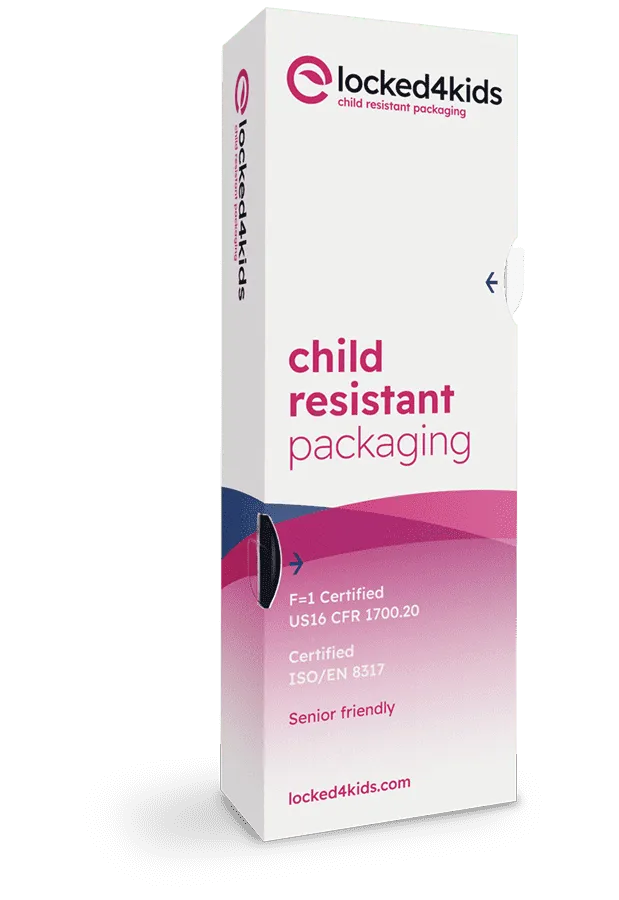As the global focus shifts towards sustainability, businesses are increasingly challenged to rethink their packaging strategies. Sustainable packaging not only addresses environmental concerns but also meets consumer demands for eco-friendly practices. This blog explores various sustainable packaging possibilities that are reshaping industries and helping companies to minimize their ecological footprints.
Understanding sustainable packaging
Sustainable packaging involves designing and using packaging solutions that reduce environmental impact and ecological footprint. This encompasses the selection of materials, production processes, and the entire lifecycle of the packaging. The goal is to minimize waste, use renewable resources, and improve the efficiency and recyclability of the packaging.
Leading sustainable packaging materials
- Biodegradable plastics: Made from natural materials like corn starch and wheat straw, biodegradable plastics decompose naturally, offering a significant advantage over traditional plastics, which can take hundreds of years to break down.
- Plant-based packaging: Innovations in plant-based packaging materials, such as mushroom, seaweed and sugarcane packaging, provide compostable alternatives that degrade without leaving harmful residues.
- Recycled materials: Using recycled materials like paper, cardboard, and certain plastics for packaging not only reduces the demand for virgin materials but also significantly cuts down on waste and energy consumption.
- Edible packaging: Although still in its early stages, edible packaging made from natural food particles presents an innovative way to reduce waste. This type of packaging is ideal for small consumables like snacks and can significantly reduce plastic use.
Benefits of sustainable packaging
- Reduced carbon footprint: By using recycled and biodegradable materials, sustainable packaging strategies help reduce greenhouse gas emissions associated with production and disposal.
- Waste reduction: Sustainable packaging strategies prioritize materials and designs that are reusable, recyclable, or compostable, thereby reducing the volume of waste sent to landfills.
- Brand loyalty and image: Companies that adopt sustainable packaging practices often see an increase in brand loyalty among environmentally conscious consumers. Discover outstanding innovative food packaging here.
- Compliance and market advantage: With increasing regulations aimed at reducing packaging waste, adopting sustainable practices can provide a competitive advantage and ensure compliance with governmental policies.
Challenges in adoption
While the advantages are compelling, there are hurdles in the widespread adoption of sustainable packaging:
- Cost: Initially, sustainable packaging options can be more expensive than traditional materials due to the economies of scale and the novelty of the technologies involved.
- Performance issues: Some sustainable materials may not yet match the durability and functionality of traditional packaging, which can be a concern for products needing high barrier protection.
- Limited availability: Depending on the region, the availability of innovative sustainable materials can be limited, affecting the ability to scale these solutions.
The possibilities for sustainable packaging are vast and evolving. As technology advances and more materials become available, the potential for reducing environmental impact through innovative packaging solutions increases. Businesses and consumers alike play a crucial role in this transition, driving demand and adoption of sustainable practices. To learn more about how your business can implement sustainable packaging solutions, consider getting in touch with our team.
Request a free sample now!











